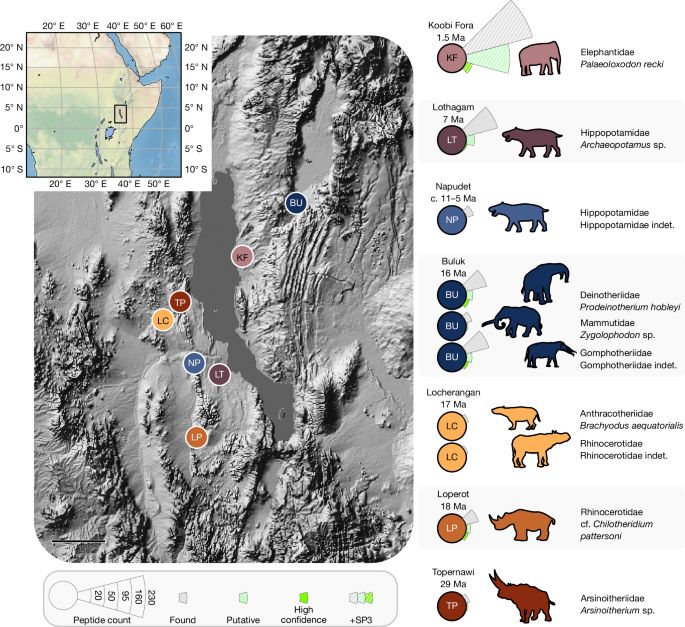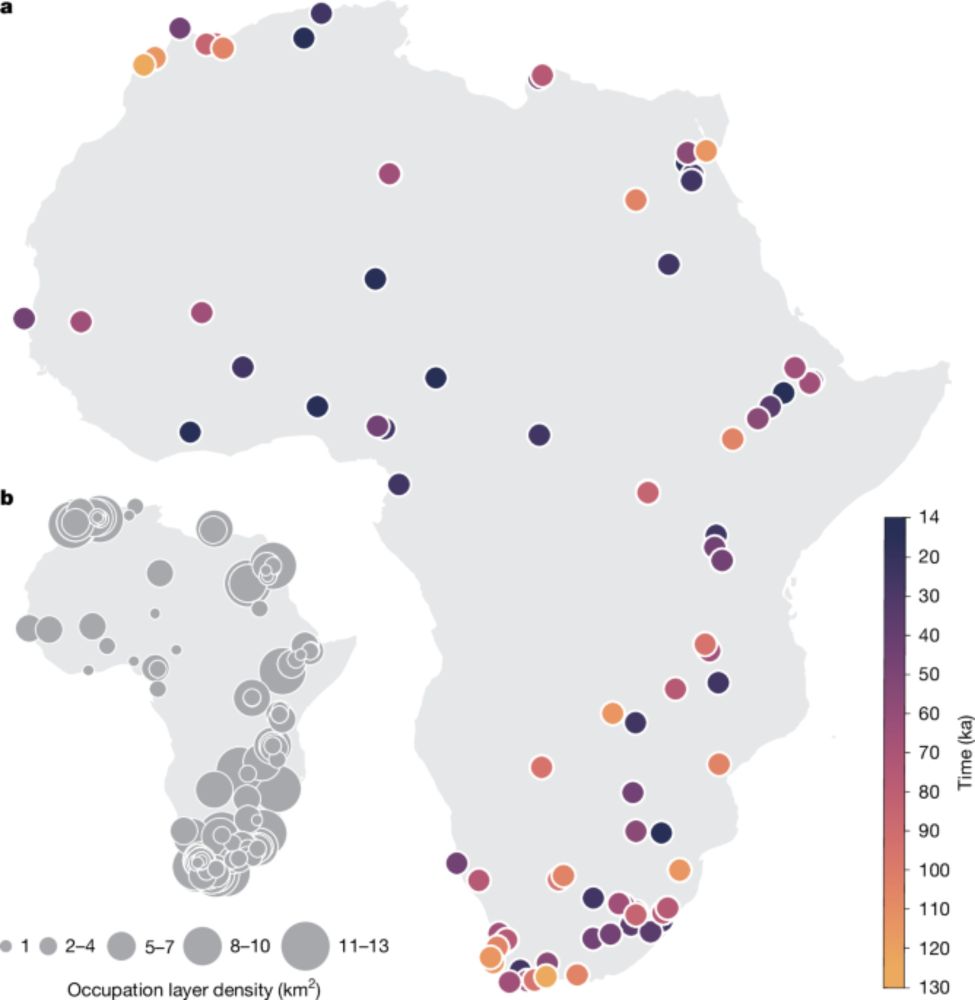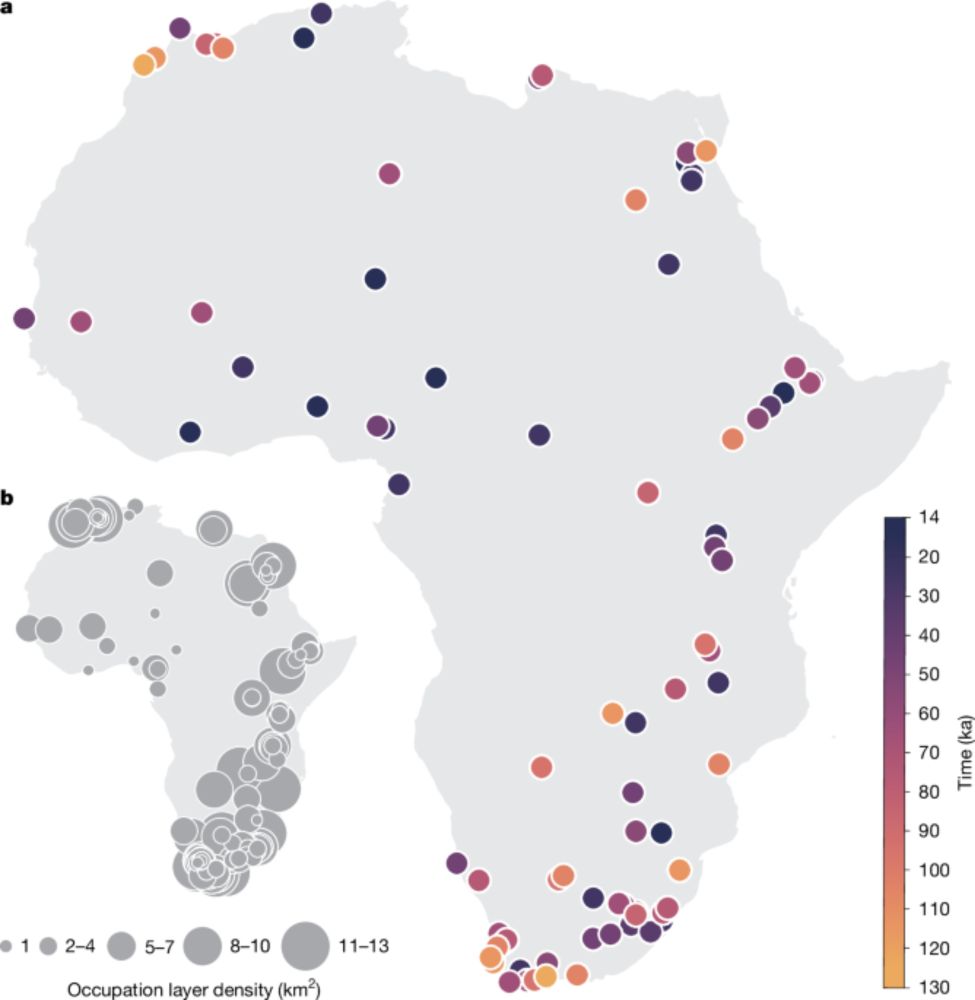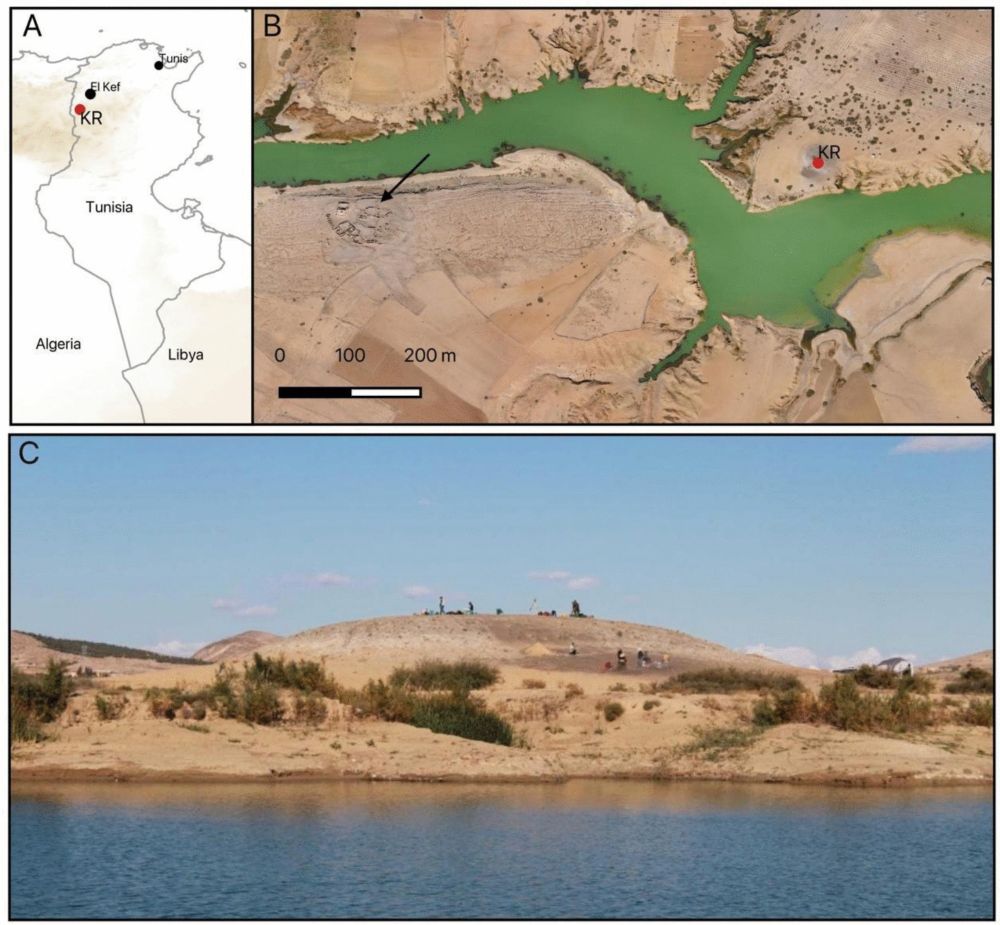
MSCA 🇪🇺 Postdoc Fellow at Centro Nacional de Investigación sobre la Evolución Humana (CENIEH) | Associated Researcher at MPI-GEA and MNHN



@aniloza.bsky.social
@statnews.com
www.statnews.com/2025/10/06/t...

@aniloza.bsky.social
@statnews.com
www.statnews.com/2025/10/06/t...
Un seul contre-pouvoir tient encore debout : la presse indépendante. Ensemble, faisons-la grandir.
🎯 Objectif : 100.000 € avant le 30 oct. pour financer un autre journalisme.
➡️ La campagne démarre aujourd’hui : fondspresselibre.org/soutenir

doi.org/10.1007/s109...
How did populations in tropical regions cope with the global climatic change around the LGM?
While the tropics are often perceived as having been less impacted by the LGM, we show that -as is often the case - it is more complex than it seems!

doi.org/10.1007/s109...
How did populations in tropical regions cope with the global climatic change around the LGM?
While the tropics are often perceived as having been less impacted by the LGM, we show that -as is often the case - it is more complex than it seems!

doi.org/10.1007/s109...
How did populations in tropical regions cope with the global climatic change around the LGM?
While the tropics are often perceived as having been less impacted by the LGM, we show that -as is often the case - it is more complex than it seems!
ora.ox.ac.uk/objects/uuid...
ora.ox.ac.uk/objects/uuid...

www.nature.com/articles/s41...

www.nature.com/articles/s41...


Manifestation demain 12h place de la République en direction du ministère de la Culture, départ à 13h
www.cgt-culture.fr/archeologie-...

@katerinad.bsky.social and I are looking for an archaeologist/archaeological scientist to join us on a 4 year post-doc, helping to manage and participate in field and lab work on 2 ERC grants in our group. We would love to hear from you via the link! 👇
jobs.univie.ac.at/job/Postdoct...


« L’Université ne renoncera ni à son indépendance ni à ses droits constitutionnels.
Ni Harvard ni aucune autre université privée ne peut tolérer d’être mise sous tutelle du gouvernement fédéral »
Simple. Basique.

« L’Université ne renoncera ni à son indépendance ni à ses droits constitutionnels.
Ni Harvard ni aucune autre université privée ne peut tolérer d’être mise sous tutelle du gouvernement fédéral »
Simple. Basique.


🆓 doi.org/10.15184/aqy...

“From Mechanics to Gestures: Understanding Knapping Actions Through Controlled Lithic Experiments”
eu02web.zoom.us/webinar/regi...

“From Mechanics to Gestures: Understanding Knapping Actions Through Controlled Lithic Experiments”
eu02web.zoom.us/webinar/regi...
Una cita de la arqueóloga y geocronóloga @eslembenarous.bsky.social

www.sciencedirect.com/science/arti...

www.sciencedirect.com/science/arti...
🆓 doi.org/10.15184/aqy...


